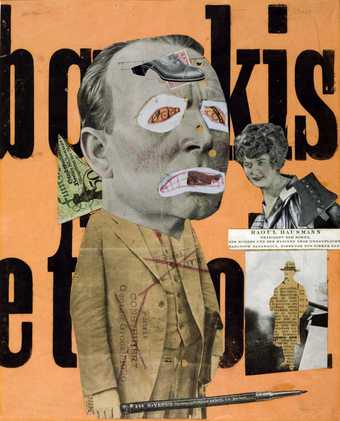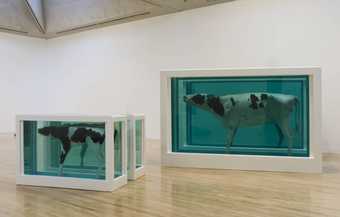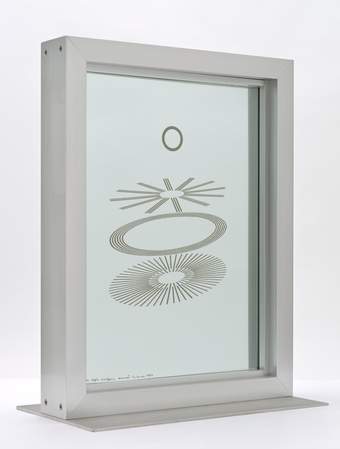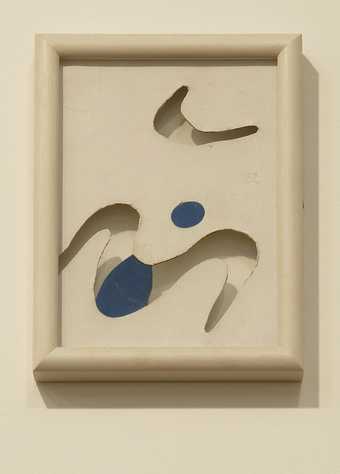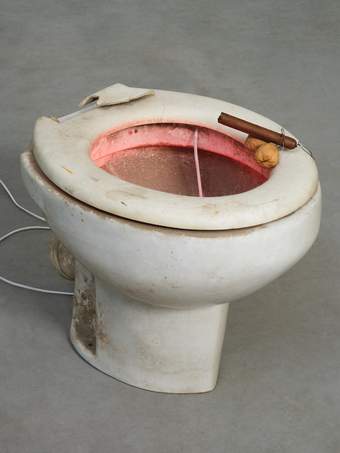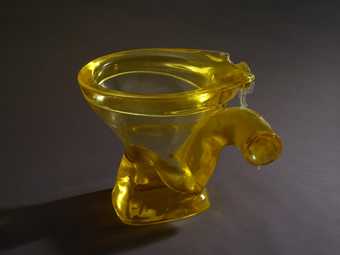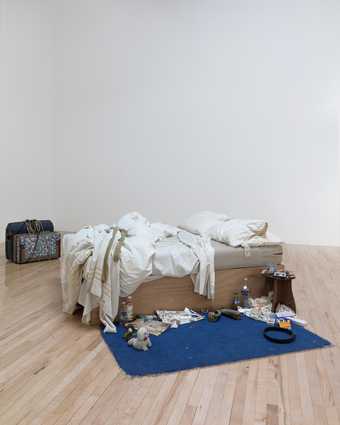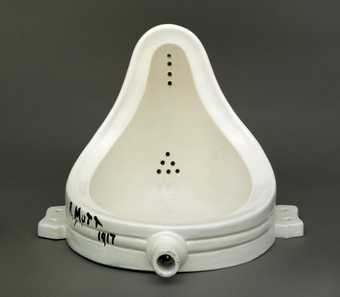
Marcel Duchamp
Fountain (1917, replica 1964)
Tate
┬® Succession Marcel Duchamp/ADAGP, Paris and DACS, London 2025
The term anti-art is generally agreed to have been coined by Marcel Duchamp around 1913 when he made his first readymades, which are still regarded in some quarters as anti-art (for example by the Stuckist group). In 1917 Duchamp submitted a urinal, titled Fountain, for an exhibition in New York, which subsequently became notorious and eventually highly influential. Anti-art is associated with dada, the artistic and literary movement founded in Zurich in 1916 and simultaneously in New York, in which Duchamp was a central figure.
Since dada there have been many art movements that have taken a position on anti-art, from the lo-fi mail art movement to the YBAs, some of whom have embraced the absurdities of dada and DuchampŌĆÖs love of irony, paradox and punning.


